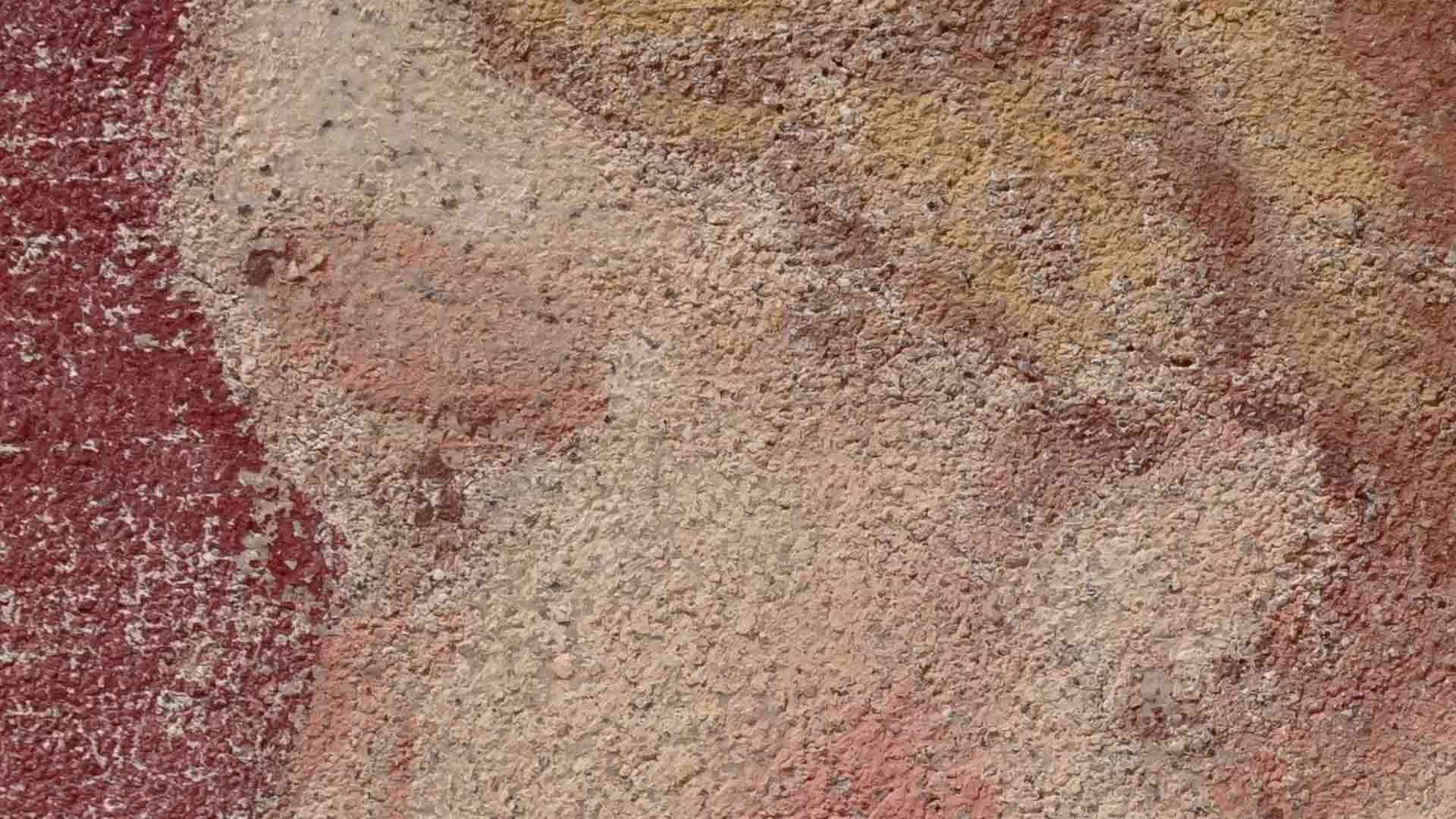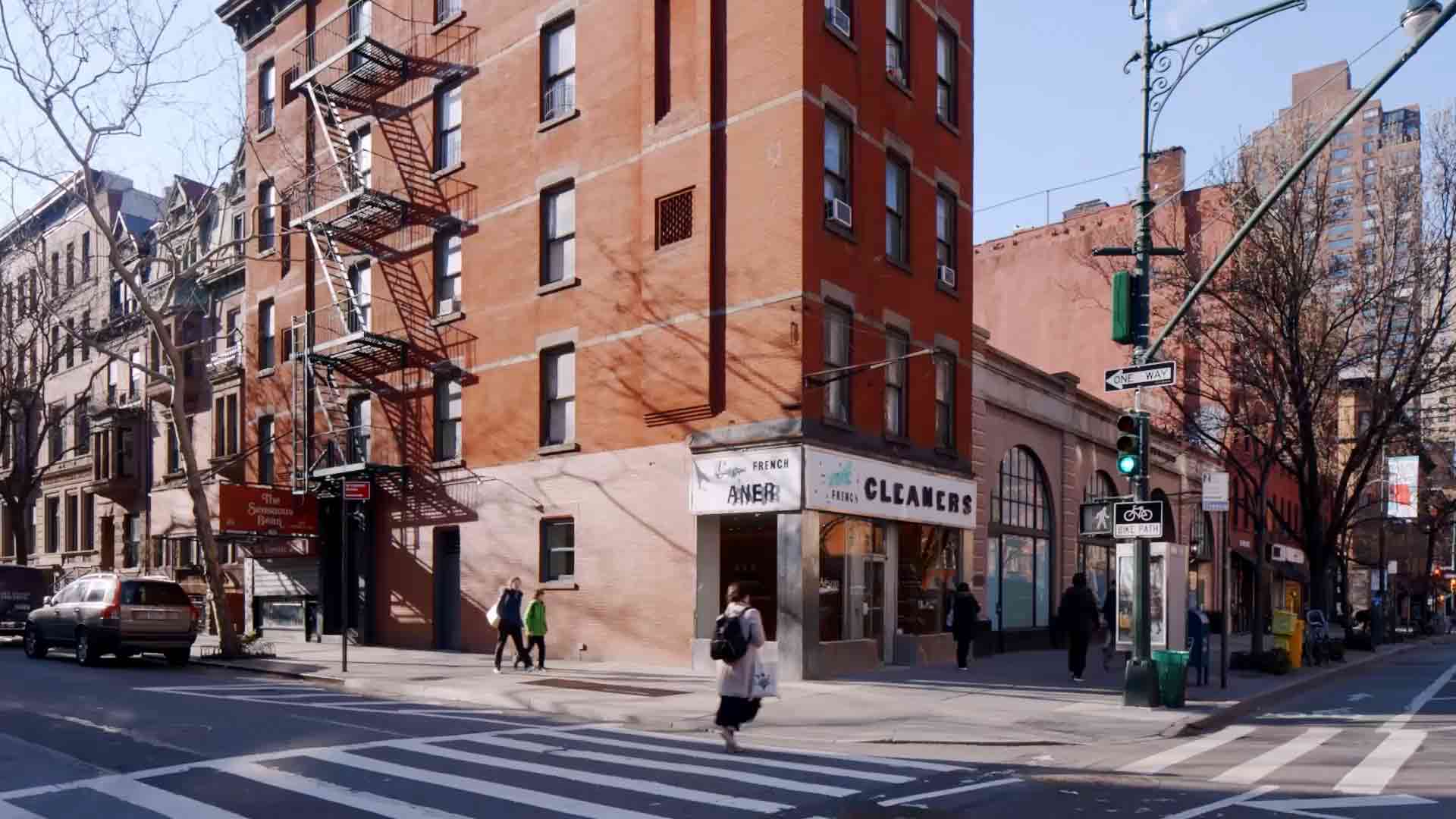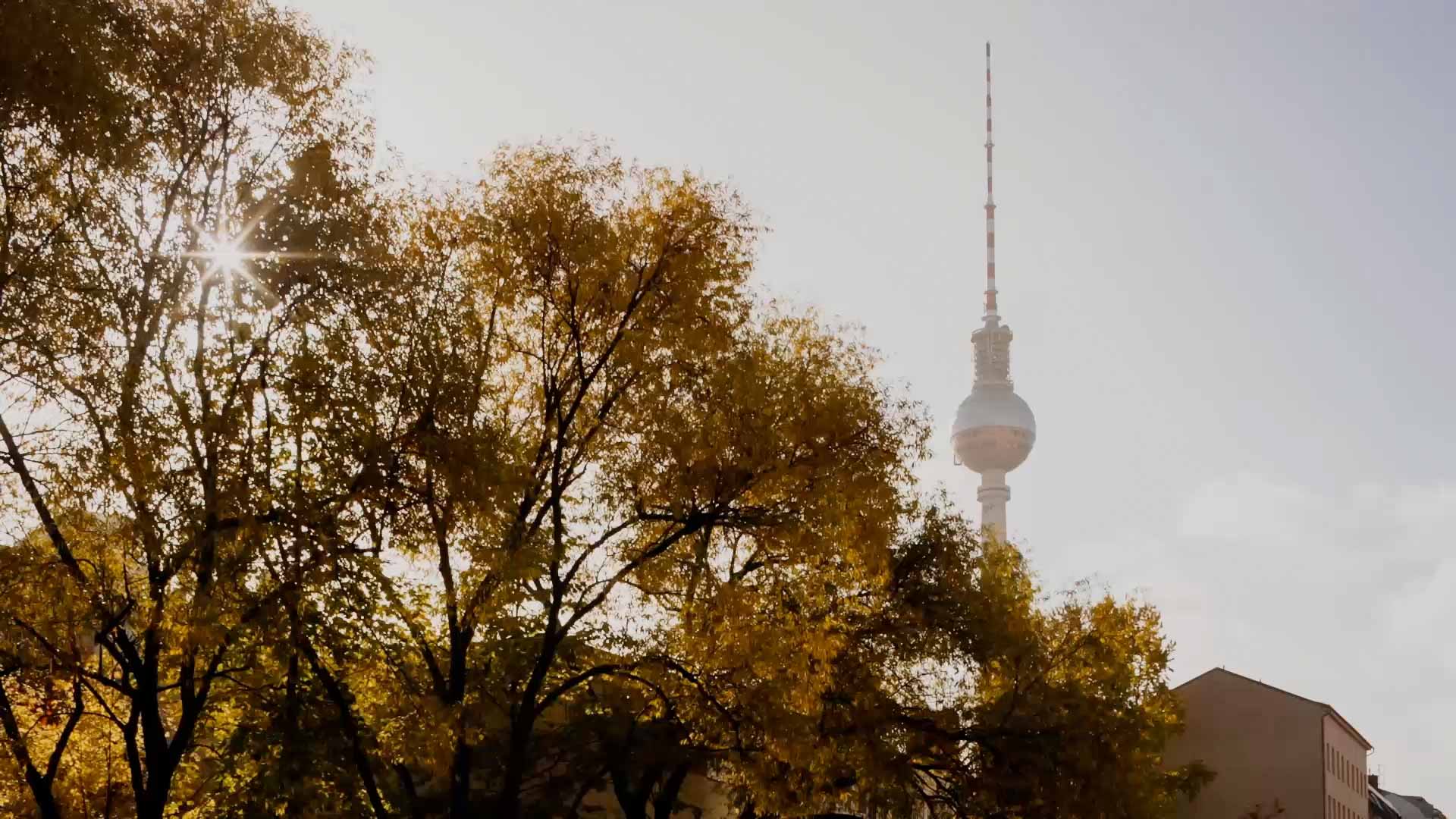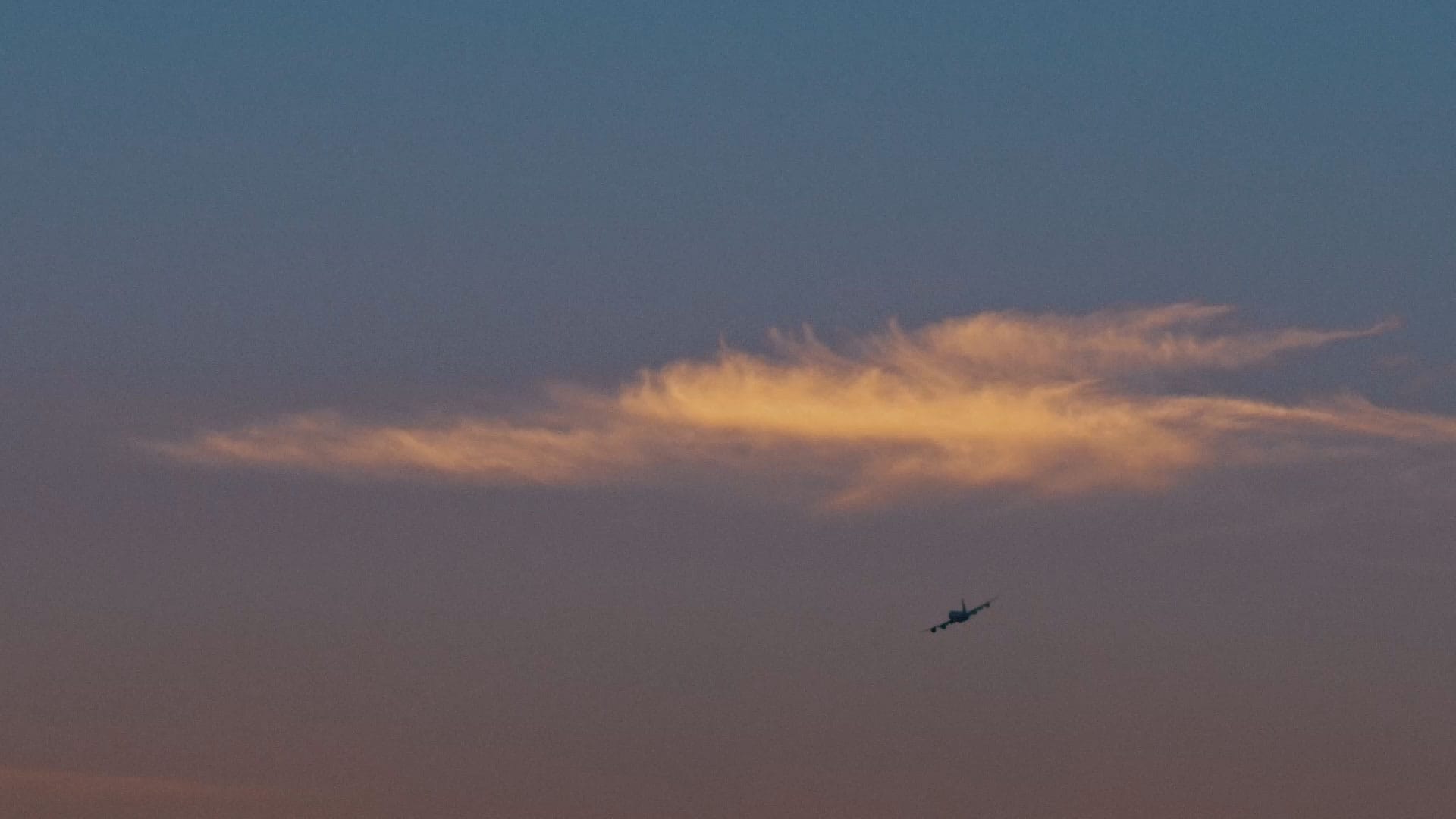When we are beset by the demands of the world, and the proverbial waters are rising, there is an ancient exercise that may drain the waves that would drown all.
It is referred to as the ‘view from above’—a visualisation technique that the Stoics of ancient Greece and Rome practised to remedy anxiety, usher in tranquillity, and imbue the user with a truer sense of their small (but poignant) place within the universe.



